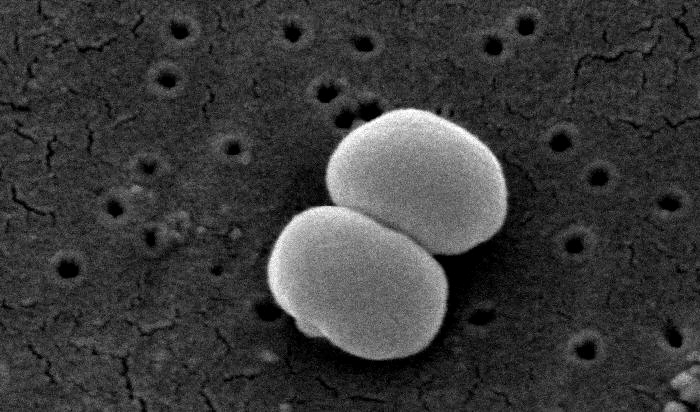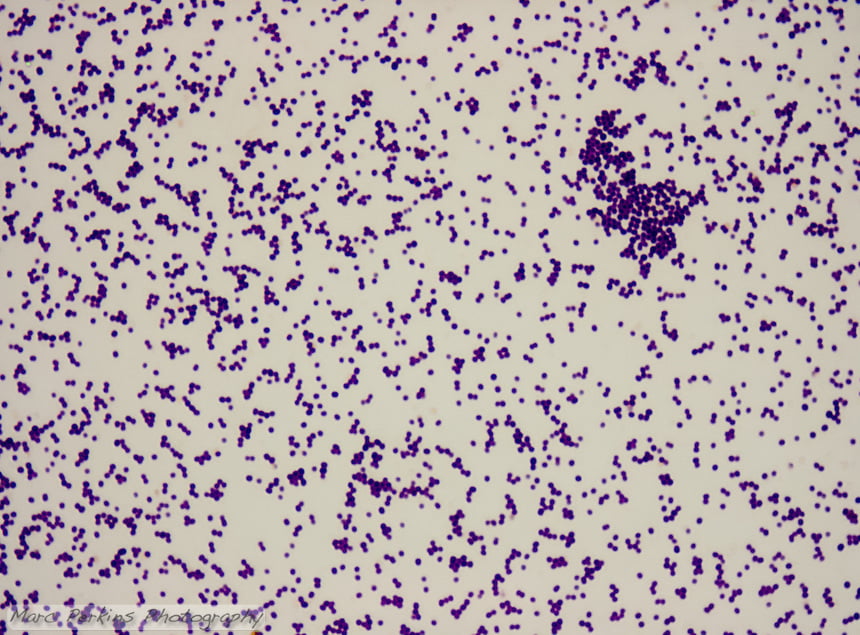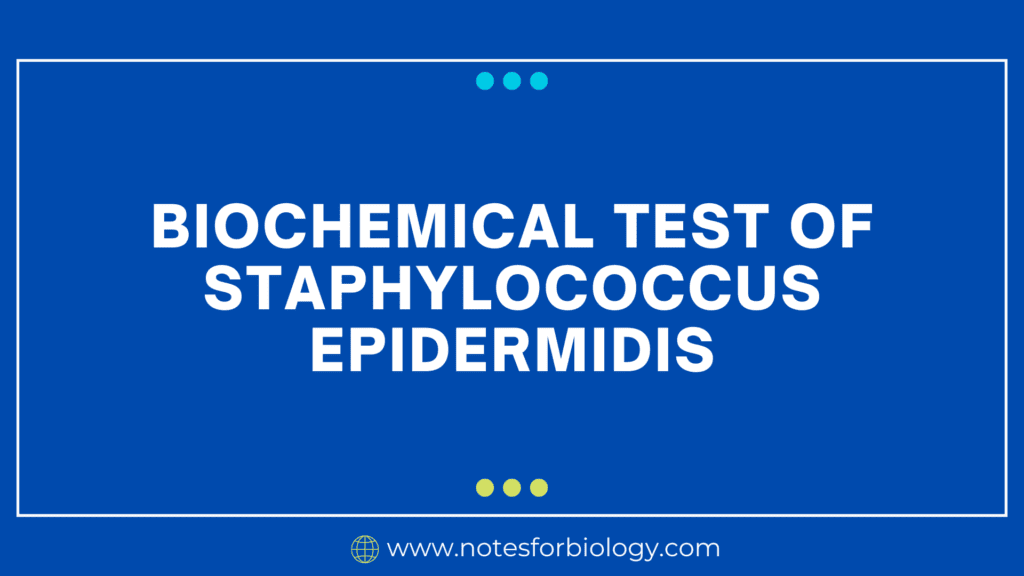The normal human flora includes the Gram-positive, coagulase-negative Staphylococcus epidermidis, which is primarily found on the skin and mucous membranes. Despite being generally safe, it can lead to opportunistic infections, particularly in people who have indwelling medical devices or are immunocompromised. A battery of biochemical assays is required to distinguish S. epidermidis from other Staphylococcus species. A thorough explanation of these tests is given below.
Table of Contents
Key Test for Staphylococcus epidermidis

Here are some biochemical tests commonly used to identify S. epidermidis:
1. Coagulase Test
- Principle: Some species of Staphylococcus generate the enzyme coagulase, which causes plasma to clot.
- Procedure: Bacteria are mixed with plasma and observed for clot formation.
- Result: The outcome is that S. epidermidis lacks coagulase. This sets it apart from the coagulase-positive Staphylococcus aureus.
2. Catalase Test
- Principle: Hydrogen peroxide is broken down by the enzyme catalase into oxygen and water.
- Procedure: A small amount of bacterial colony is mixed with a drop of hydrogen peroxide.
- Result: S. epidermidis is catalase-positive. This is a trait shared by several species of Staphylococcus.
3. Novobiocin Susceptibility Test
- Principle: An antibiotic called novobiocin prevents germs from growing.
- Procedure: A disc of novobiocin antibiotic is placed on an agar plate inoculated with the bacteria.
- Result: It follows that S. epidermidis is amenable to novobiocin. This aids in setting it apart from other CoNS, such as the resistant Staphylococcus saprophyticus.
4. Other Biochemical Test
- DNAse Test: Some CoNS are positive, while S. epidermidis is DNAse-negative.
- In the mannitol fermentation test, S. aureus is mannitol-positive and S. epidermidis is mannitol-negative.
- Hemolysis on Blood Agar: Other staphylococci may exhibit alpha or beta hemolysis, however S. epidermidis usually exhibits gamma hemolysis (no hemolysis).
- API Staph System: A panel of biochemical assays is used in this commercial identification system to determine the species of Staphylococcus.
5. Oxidative-Fermentative (O/F) Glucose Test
- Purpose: To determine the oxidative or fermentative metabolism of glucose.
- Procedure: Bacteria are inoculated in two tubes of O/F glucose medium, one aerobic (open) and one anaerobic (sealed with mineral oil).
- Result for S. epidermidis: Oxidative (acid production in the open tube, indicated by a color change to yellow).
6. Nitrate Reduction Test
- Purpose: To determine the ability to reduce nitrate to nitrite or other nitrogenous compounds.
- Procedure: Bacteria are grown in a nitrate broth, and reagents are added to detect nitrite.
- Result for S. epidermidis: Positive (red color after adding reagents).
Note:
- For proper identification, a combination of biochemical testing is essential.
- More and more people are using molecular techniques like PCR to quickly and accurately identify S. epidermidis.
- When doing these tests, always refer to the particular laboratory protocols and instructions.

To sum up, S. epidermidis is commonly described as:
- Coagulase-negative: no clot formation.
- Catalase-positive: Bubble production upon exposure to hydrogen peroxide.
- Novobiocin-susceptible: Zone of inhibition.
- DNAse-negative
- Mannitol-negative: No color chnage on MSA.
- Gamma hemolytic on blood agar
These biochemical tests offer a reliable framework for diagnosing Staphylococcus epidermidis in clinical and laboratory settings when combined with molecular techniques like PCR. Comprehending these tests facilitates precise infection diagnosis and guarantees suitable treatment.
Frequently Asked Question(FAQ)
What are the biochemical test for Staphylococcus epidermidis?
Biochemical Tests: Citrate -, hydrogen sulfide (H2S) +, methyl red -, Voges-Proskauer +. Other carbohydrates: inositol -, xylose +, galactose -, dulcitol -.
Is Staphylococcus epidermidis positive or negative for indole?
shown that Staphylococcus epidermidis is positive for coagulase and catalase, negative for indole and citrate, and positive for catalase; additionally, it ferments carbohydrates.
Is Staphylococcus epidermidis mannitol positive or negative?
A class of coagulase-negative, mannitol-fermenting staphylococci known as Staphylococcus epidermidis BV is distinguished by its phage susceptibility, multiple antibiotic resistance, and striking similarities in its biochemical properties.
Related Article

